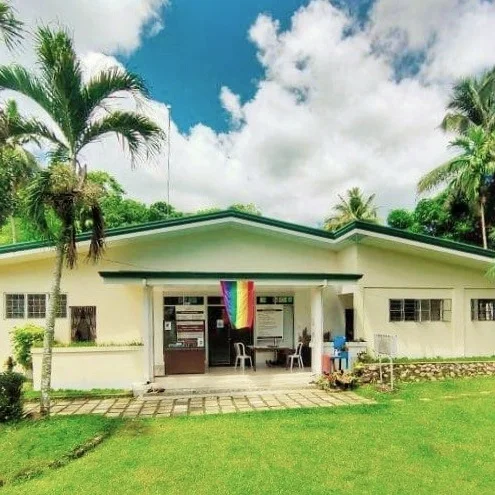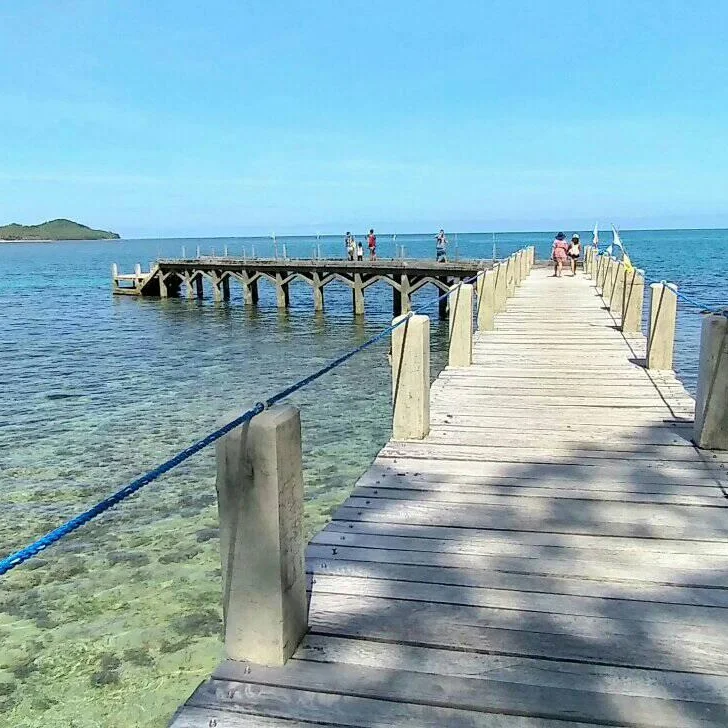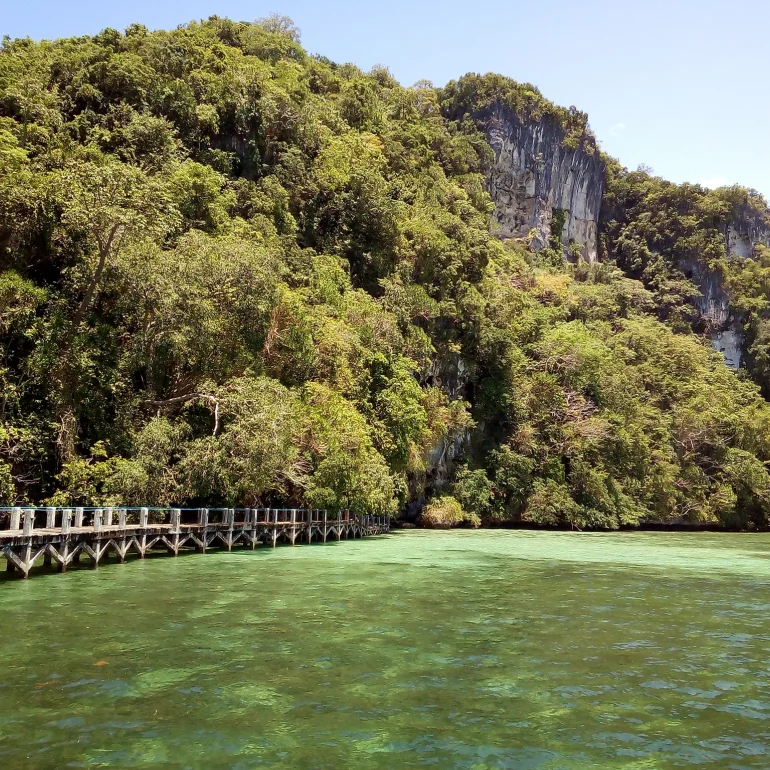NM Tabon Caves Site Museum
The National Museum Tabon was formerly a station for scholars who conducted extensive archaeological explorations and excavations in the area, particularly from July 3, 1962 to June 30, 1965. Notable of which are the ones conducted by the team of Dr. Robert Fox, an American archaeologist, then chief of the National Museum Anthropology Division.
This karst formation, where the famous Tabon Cave is located, is situated at Lipuun Point in the village of Panitian in Quezon, Palawan. A British survey chart in 1851 marked it as Albion Head. The area is surrounded by Malanut Bay on the east side, Nakoda Bay on the west and Sultan Hill at the south part. The two bays are part of the Palawan Passage. These cave formations were also used by our ancestors as habitation and burial sites.
President Ferdinand E. Marcos declared the Lipuun Point as a Reservation Site through Presidential Proclamation No. 996 on April 11, 1972 mandating the NMP to protect and preserve the reservation for the present and future generations.
Access to the Tabon Caves is now made easier. The National Museum of the Philippines (NMP) constructed a new concrete road and boardwalk that will lead you to the cave entrance without taking a boat ride.
If you are planning a cave tour, you must first secure an entry permit at the Tabon Caves Area Museum and Satellite Office at Barangay Alfonso XIII in Quezon, Palawan before proceeding to Tawa-Tawa in Lipuun Point where the cave complex is situated.
There are no entrance fees on these sites. Just observe the proper health protocols at the Museum upon your arrival. Always wear your facemask, observe physical distancing and complete the health declaration form. Visitors aged 15 to 65 years old including those with special needs are welcome to the museum. But anyone with a body temperature of 37.5 degrees Celsius and above will not be accommodated. Hand sanitizer, foot disinfection, and handwashing facilities are available in the area.


